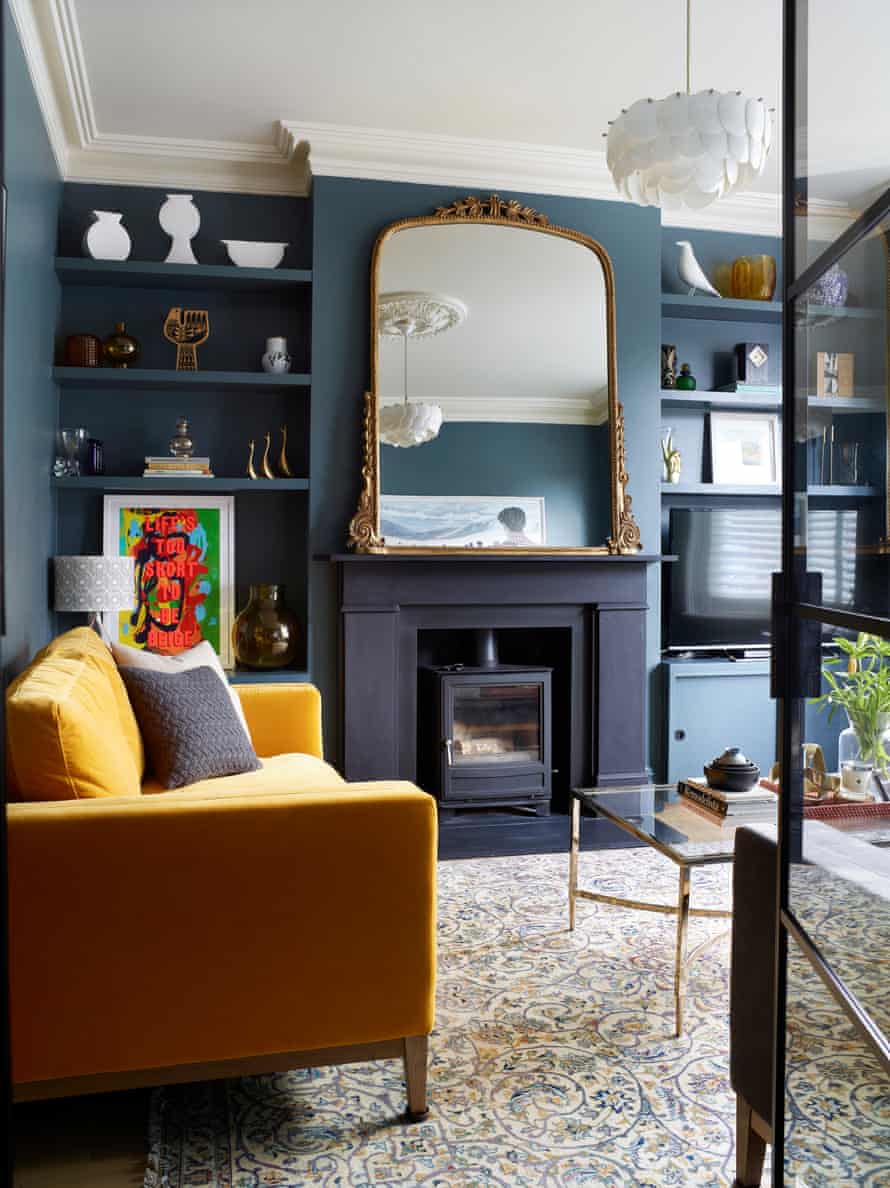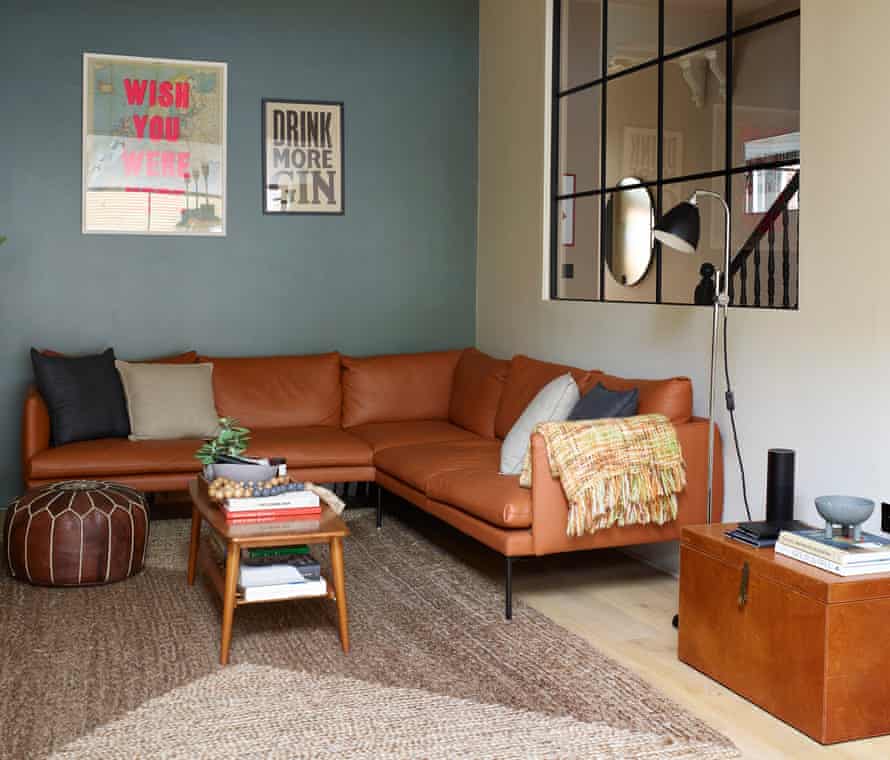
Change happens slowly in the world of interiors. But even that sedately paced sector has woken up to the demand for online learning which began during the pandemic. From project management to kitchen plotting, skilful paint schemes to strategic lighting, you can now glean expert insights from architects, planners and top-flight designers from the comfort of your sofa.
Sandra Harris can attest to their usefulness. Recently retired from a career in human resources, Harris had the time to redesign her “golden years home” in north London. With a granular grasp of detail and process, she wanted to manage the “back-to-brick” project herself. This included bolting on a loft extension and knocking out the back of the Victorian house. Clearly, professional help was required. “Not just for the planning, but also for all the 1,001 other aspects of doing a large build: the costs involved and how to allocate my budget; how to find the right architect, contractors and suppliers,” she says.
Lesson one was in the art of compromise. Visions of a bespoke kitchen faded as Harris realised she and her husband would have to reserve their cash for the prosaic but more important details: “The flooring, glazing, the walk-in shower…” She learned all this on a course run by Riba-trained architects Jane Middlehurst and Amy Poulsom of HomeNotes. Spread over four weeks, the sessions (also recorded) were an eye-opener: ‘‘So many projects come off the rails because of money. The architect thinks you have X amount to spend. So does the builder. You have to be upfront about your budget,” says Harris, who interviewed 13 builders for her project (she says that years of working in HR helped in the vetting process).
“On the course, we discussed what we wanted to achieve and how to work with an architect, and what qualities they needed for our project. I planned how we wanted the space to work for us. This is our forever home, so the bathrooms had to be future-proofed, the living rooms sociable. There was advice on designing storage – there is never enough of it in these old houses.”
Next it was time to shed the chromophobia. “I’ve always been a devotee of grey, with shades of white.” This house is different. “It had to have zing, so that it doesn’t feel like a couple of 60-year-olds live here.”
Most paint companies, such as eco-specialist Edward Bulmer, Little Greene or Paint & Paper Library, offer advice. A one-hour virtual session with a Farrow & Ball consultant was all it took to nail the palette. Only six colours were used. Little touches connect the four-storey interior: for example, a wash of celestial blue on the bedroom panelling is echoed in the nearby bathroom. “Everything feels cohesive.”

Next, the fun stuff: shopping for sofas, rugs, lamps. During a series of 20-minute sessions with a designer at Create Academy, where they also run cookery, garden design and upholstery tutorials, Harris “extracted the principles of interior design”. There were tips on navigating auctions and plotting out rooms. She learned how to plan lighting circuits and how to “energise a plain room” with a judicious splash of pattern and to be bold with scale. “I used to pick up random bits and bobs without thinking about their size and how they’d work in the room.” Now a tape measure is a shopping-trip prerequisite. “A few, larger pieces work better than lots of smaller things.”
The most encouraging lesson was the easiest. “It’s fine to mix your old vintage stuff with new pieces,” she says, pointing to the Ikea wardrobe and midcentury lights. “I’ve always been interested in interiors, but I’d never get rid of a sofa just because curved ones are in. I don’t follow trends. I like lots of styles.”

The kitchen is another exercise in high-low resourcefulness (she tells me that they exceeded their budget by £1,500). Harris designed it herself using downloadable templates from DIY Kitchens, who then made the units. These were fitted by the builders, HL Workshops, who were chosen for their joinery skills. Harris used Google images to track down the vibrant, 1960s pendant lights over the island. “I uploaded a photo of the light I wanted and it came up with a list of dealers who had them.” One chichi site offered the lights at £1,000 per piece. “I paid £400 for three.”
The sociably long dining table is a customisable design from Heal’s where you can specify size and finish.
She sees her virtual education as part of a wider move to democratise interior design. “The price of materials has shot up. Finding contractors is getting harder. But access to inspiring design – through social media – has never been easier. Many of us want to make our homes look nice and reflect our style.”
Zoom learning won’t make you a designer. That is a skill – and a talent. “But it will make you approach things differently and become more resourceful. It’s empowering.”



